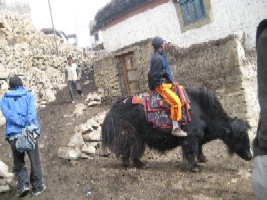| |


 |
benefits
All our tours are designed enough to incorporate aspects that directly and indirectly contribute to nature and cultural conservation and bring in economic benefits to the local community. All our activity partners are sourced from local areas which ensures that they have a supplementary source of income. We have taken initiatives in conserving and preserving the local heritage and culture by bringing in the homestays as an alternate accommodation for the travelers.
Homestays function in a rotation basis so that all the houses benefit out of tourism. Those people in the village who are not providing accommodation provide assistance to us as chefs, field experts, trackers, guides, and provide pack animals.
Considering the traditional art forms and the number of people who are practicing these are dwindling, we take extra care to incorporate these performances into our holidays. This ensures an earning and sense of pride amongst community members, which becomes handy in conservation work.
More than 80% of the money from travelers are spend locally in Spiti that goes between the homestays, our activity partners and select NGOS who are working in supporting our conservation initiatives.
Briefings are given in thorough manner to our travelers about the background of the place, our culture and environmental sensitive of our region.
Local boys have been trained to take care of the fossils that were earlier being sold away to tourists without knowing the value of ammonites and trilobites. Instead of letting travelers walk around all the regions, we have take care to take the travelers only to demarcated fossil lying areas in the mountain.
20% of profits from running all our tours including the one in Spiti Valley are kept apart for Nila Foundation that is building partnership across for sustainable development and river conservation.
|
s
TOP |



